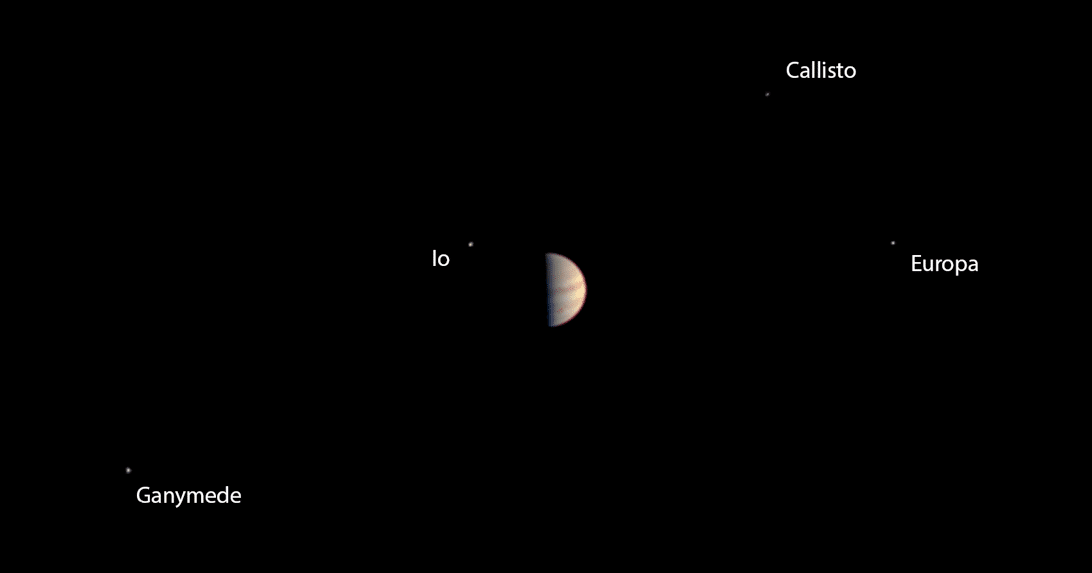A five year journey comes to its planned end this coming Tuesday. As Juno prepares for Jupiter Orbital Insertion (JOI), the sequence of event and planning required to get Juno to this point is worthy of a risk management case study.
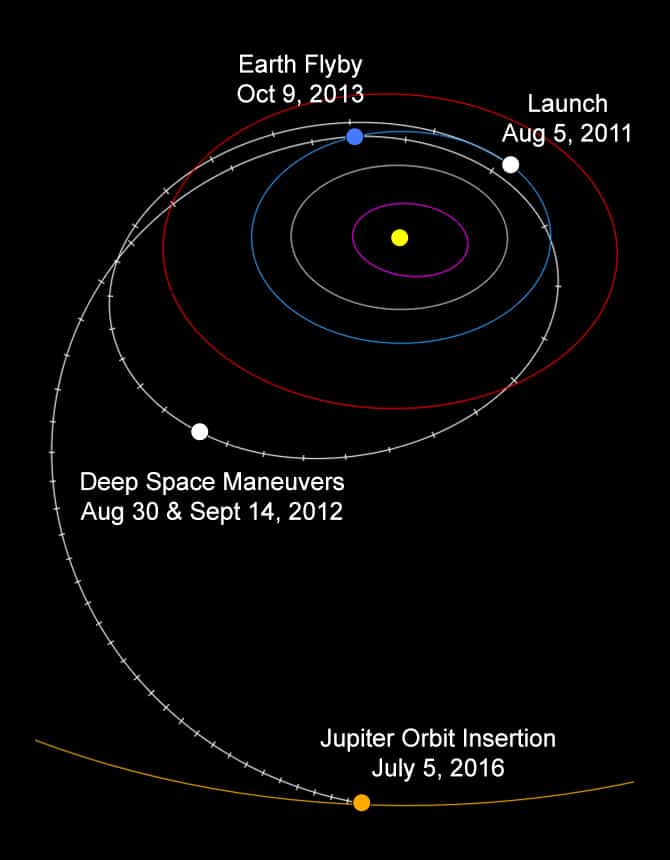
The 35 minute JOI on Tuesday evening will serve as both a nail biting finale and the beginning of what promises to be an engaging two year exploration of our friendly neighborhood gas giant.
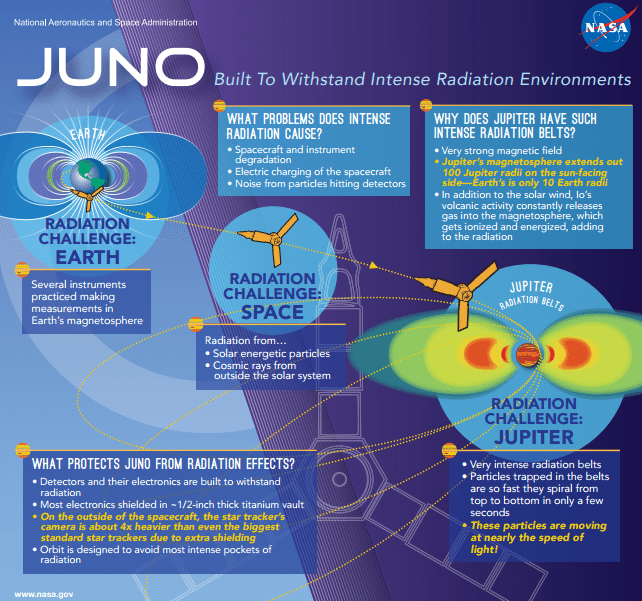
Take a look at the operational, survival, speed and efficiency parameters for the mission and you would understand how far we have come as a species in the pursuit of science.
Take a step back for a second and put aside all other aspects of the Juno mission. Did you know that Juno will officially become the fastest man made object traversing the Solar system. Post the JOI maneuver Juno’s speed of 160,000 miles an hour will leave behind the records set by Voyager I and II as well as the Helios twins (I and II) of 70 km/seconds. This record will be broken again in 2018 when a new NASA solar probe is launched which is likely to touch speeds of 200/km seconds before mission completion.
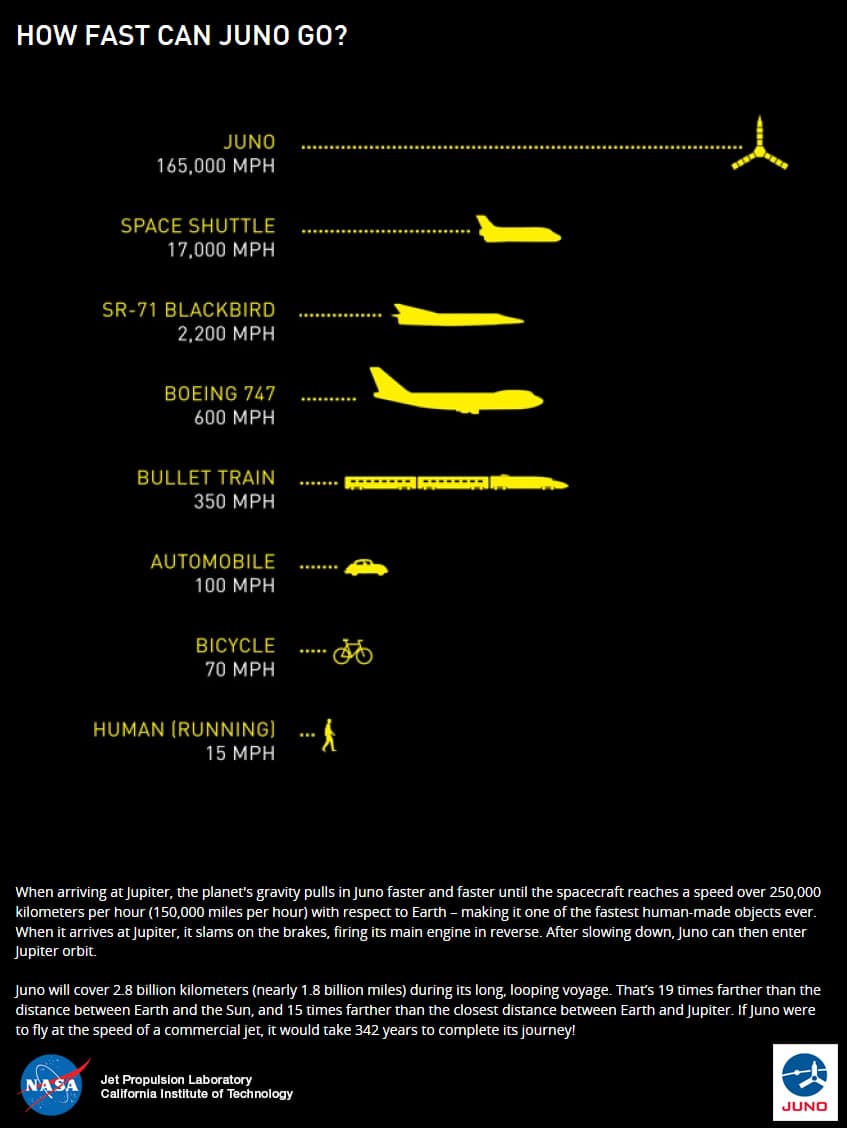
The 5 year, 1.1 billion US$ Juno mission breaks many firsts at NASA.
- First space mission to operate a solar-powered spacecraft at Jupiter
- Farthest solar powered spacecraft from Earth
- First space mission to orbit an outer-planet from pole to pole
- First space mission to fly as close as 2,600 miles to Jupiter’s cloud tops
- First mission to be designed to operate in the heart of Jupiter’s radiation belts
- First mission to carry a titanium radiation vault to protect the spacecraft most-sensitive instruments from a planet’s intense belts of radiation
- First spacecraft to fly 3D-printed titanium parts. (Waveguide brackets)
- Will be the fastest spacecraft to enter orbit around a planet, at 130,000 mph (129,518 mph/57.9 km/s) relative to Earth.
- Will take the highest-resolution images of Jupiter in history
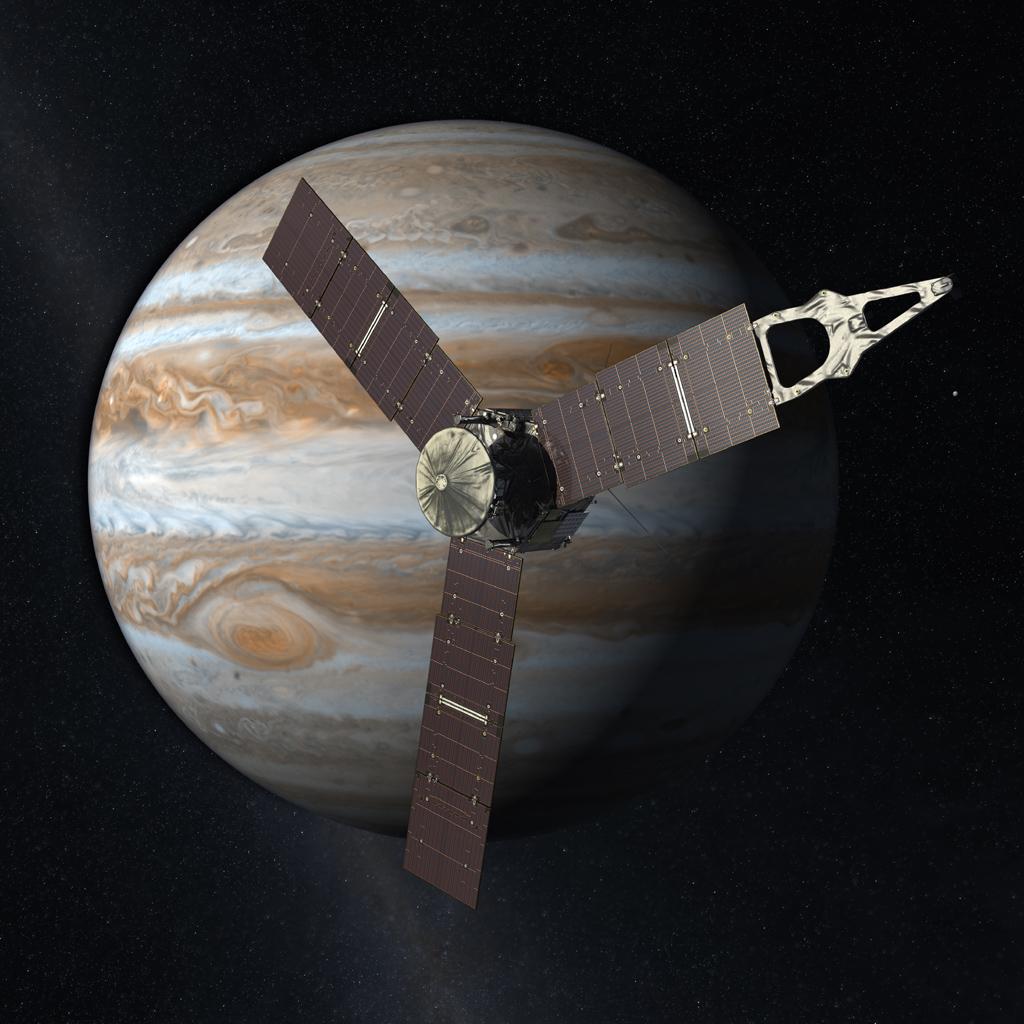
Take a look at Guardian’s coverage of the event at Preparing for Arrival and A planet on steriods and the NASA Juno mission trailer.
The YouTube playlist of videos around the mission shared on the NASA / JPL / Juno channel is a great resource for a school or class project around the mission. If you are interested in teaching young kids on how to pitch for a moon shot, the Juno mission is a perfect backdrop for such an exercise. Ask your kids to prepare a power point presentation using the NASA Juno Press kit site and they will never be the same again.
Original video on launch from 2011.
May the force be with you. Best of luck for Tuesday.
Update: 5:37 am – PST – Welcome to Jupiter, Juno.
